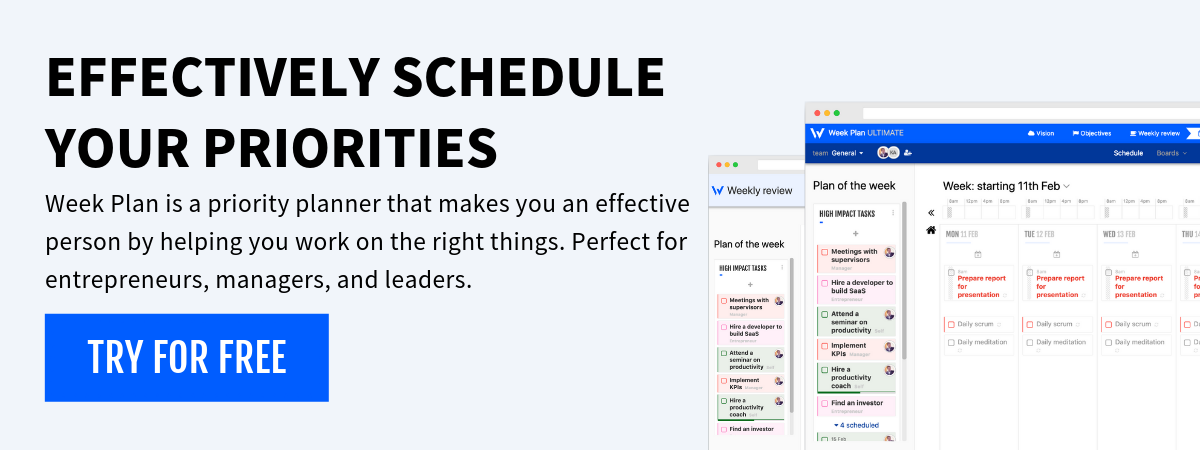The 1-3-5 Rule is a task management technique designed to help individuals prioritize their daily to-do lists and improve productivity. It involves identifying and focusing on accomplishing one major task, three medium tasks, and five minor tasks each day. Let’s delve into how the 1-3-5 Rule can be applied to optimize time management and achieve greater efficiency in daily tasks.
Explaining the 1-3-5 Rule
The 1-3-5 Rule is a straightforward framework for organizing and prioritizing tasks based on their importance and urgency. It encourages individuals to focus on a manageable number of tasks each day, ensuring that they allocate their time and energy effectively. The rule is structured as follows:
1 Major Task:
This is the most significant task that requires the most time and effort to complete. It should be a high-priority task that aligns with overarching goals or objectives.
3 Medium Tasks:
These tasks are of moderate importance and can be completed within a reasonable amount of time. They contribute to progress towards goals and objectives but may not be as critical as the major task.
5 Minor Tasks:
These are small, low-effort tasks that can be completed relatively quickly. They may include routine or administrative tasks that contribute to daily productivity but are not as critical as the major or medium tasks.
Benefits of the 1-3-5 Rule
The 1-3-5 Rule offers several benefits for effective task management and time optimization:
1. Prioritization:
By categorizing tasks into major, medium, and minor categories, the 1-3-5 Rule helps individuals prioritize their activities based on their importance and urgency. This ensures that they focus on the most critical tasks first, maximizing productivity and progress towards goals.
2. Focus:
Limiting the number of tasks to one major, three medium, and five minor tasks helps individuals maintain focus and avoid overwhelm. It prevents task overload and allows for a more concentrated effort on completing essential tasks.
3. Time Management:
The 1-3-5 Rule encourages individuals to allocate their time effectively by dedicating sufficient time to the major task while also making progress on medium and minor tasks. This helps individuals manage their time more efficiently and ensures that important tasks are completed in a timely manner.
Implementing the 1-3-5 Rule
To effectively implement the 1-3-5 Rule, individuals can follow these steps:
1. Prioritize Tasks:
Begin by identifying tasks that need to be accomplished for the day. Assess each task’s importance and urgency to determine whether it qualifies as a major, medium, or minor task.
2. Allocate Time:
Allocate dedicated time slots in the schedule for working on each task category. Ensure that sufficient time is allocated to the major task while also allowing time for medium and minor tasks.
3. Stay Flexible:
Remain flexible and adaptable throughout the day to accommodate unexpected tasks or changes in priorities. Adjust the schedule as needed to address urgent issues while still making progress on the identified tasks.
Examples of the 1-3-5 Rule in Practice
Work Projects:
A project manager applies the 1-3-5 Rule to prioritize tasks for a new project. They identify the major task as completing the project proposal, followed by three medium tasks such as conducting market research and preparing a budget, and five minor tasks such as scheduling meetings and sending follow-up emails.
Personal Goals:
An individual uses the 1-3-5 Rule to manage their personal tasks and errands for the day. They identify the major task as completing a job application, followed by three medium tasks such as grocery shopping and exercising, and five minor tasks such as paying bills and doing laundry.
Conclusion
The 1-3-5 Rule is a valuable tool for effective task management and time optimization. By prioritizing one major task, three medium tasks, and five minor tasks each day, individuals can focus their efforts, maximize productivity, and achieve greater efficiency in their daily activities. Implementing the 1-3-5 Rule empowers individuals to make strategic decisions about how to allocate their time and energy, leading to improved task completion rates and overall productivity.

More Posts
12 Tips to Have a Productive Weekly Team Meeting
Weekly team meetings play a major role in team communication, alignment, and momentum. When the entire team gathers—whether in in-person meetings, hybrid check-ins, or virtual meetings through tools like Microsoft Teams—it’s an opportunity...
Compound Effect: 8 Lessons to Deal with Procrastination
Procrastination is a big problem, but Darren Hardy’s “The Compound Effect” helps a lot. This book is great for those wanting to grow personally and succeed. It teaches us to take small, steady...
How WeekPlan helps you implement OKR in less time?
Are you are tired of complicated OKR software? Are you on the hunt for a software that can aid you implement OKR in a matter of minutes? If yes, then you are in...
How to Avoid Constant Interrruptions at Work - Boost Productivity
Interruptions at work can really lower your productivity and make stress go up. These disruptions also come with hidden costs, such as reduced work quality, increased employee stress, and a negative impact on...